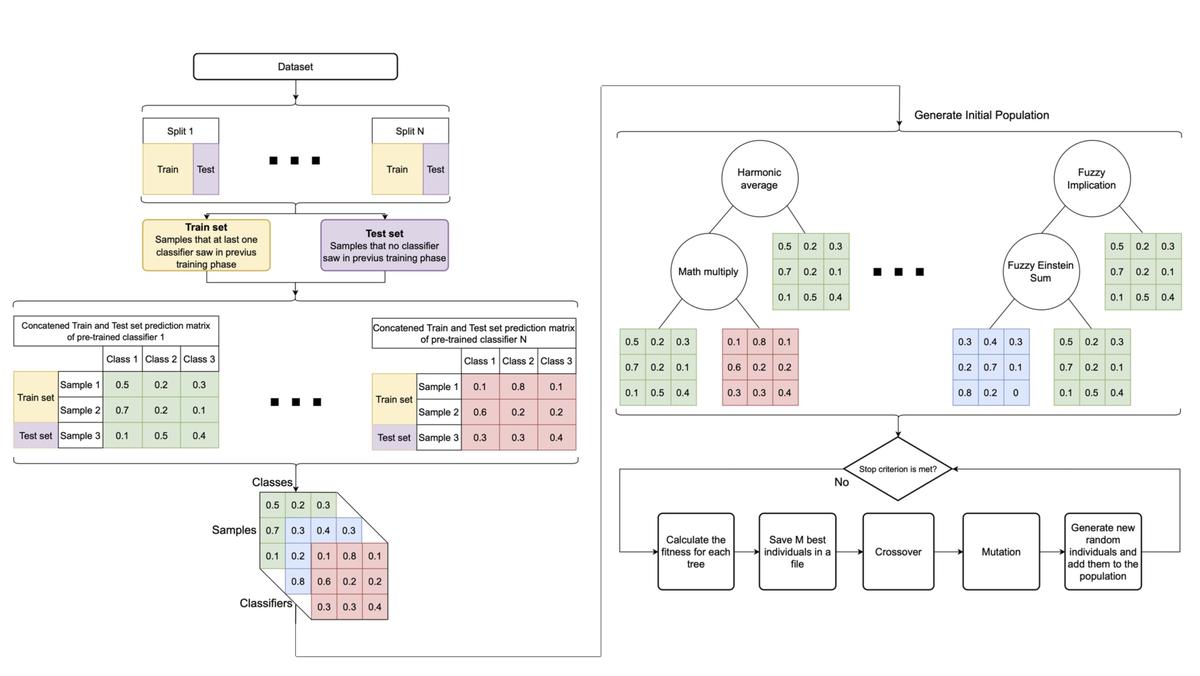Paper Accepted to VISAPP 2024!
Our paper entitled “Strategies for Classifier Selection Based on Genetic Programming for Multimedia Data Recognition” was just accepted for publication in the International Conference on Computer Vision Theory and Applications.

A cornerstone of machine learning is the concept of classifiers, algorithms designed to categorize objects into distinct classes. Over time, various classifiers have been developed, each suited to specific data types and problems. However, training these models is often costly in terms of resources, and many of them are discarded because they fail to meet the required classification quality (Zhou, 2021).
Ensemble pruning is a promising approach to enhance classification effectiveness in light of traditional classifiers' limitations. This approach involves selecting a subset of classifiers to form a committee, collectively making decisions on classifying objects. Traditional methods for collective decision-making in ensemble pruning often rely on simple average or weighted average functions (Zhou, 2021). While these methods are effective in specific scenarios, they fall short of fully exploiting the advanced capabilities of computational techniques.
The field of computing has far greater potential to discover more sophisticated and effective functions than just simple averages or weighted averages. Recognizing this potential, we can leverage the power of Genetic Programming (GP) to thoroughly explore the vast space of possible functions. GP is an efficient tool to navigate through and identify valid functions for the combination and selection of classifiers, offering a more dynamic and potentially more effective approach than traditional methods.
This paper proposes a novel application of GP to optimize the selection of classifiers and the combination function in ensemble pruning, harnessing the full potential of computational capabilities in this domain. Our findings reveal that GP can effectively balance the performance between training and test sets, offering a versatile tool for various classification challenges.
Do you want to know more about selecting and combining classifiers? Check our paper!